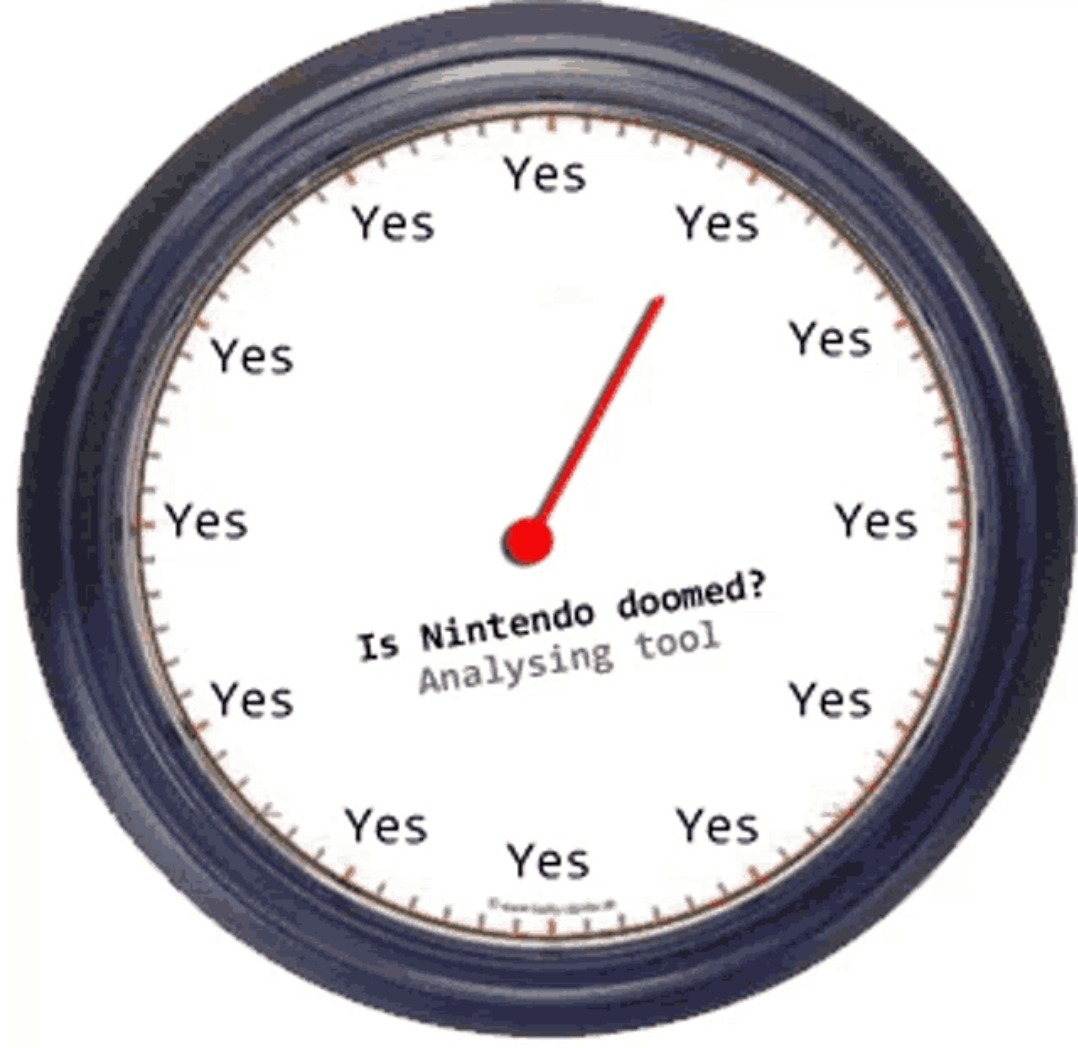Woopah
Member
The bundles coming to an end will slow MKW down a bit, but legs should still be strong.I'm curious what will happen to MKW sales once the de facto bundle is the Pokémon one. I really like MKW and I think it's the best in the series but I don't know how well it is perceived in Japan.
Speaking of Pokémon I can really see Z-A beating the absolute sales records of the series considering the gigantic install base of Switch / Switch 2.
I don't expect ZA to match the sales of Pokémon S/V. If it can match or exceed the sales of Legends Arceus, I'd call that a success.
They wouldn't fly off the shelves, but a lower price would help somewhatI keep seeing this sentiment over and over in these threads, but I don't think PS5 consoles would fly off the shelves in Japan even if they were cheaper. The system is just too big and bulky for most people over there, and the platform is no longer in tune with their tastes, as Sony clearly chases the Western market these days.
When you say Sony chases the Western market, what would you like then to do to chase the Japan market? As in, what type of games should their studios be making?




